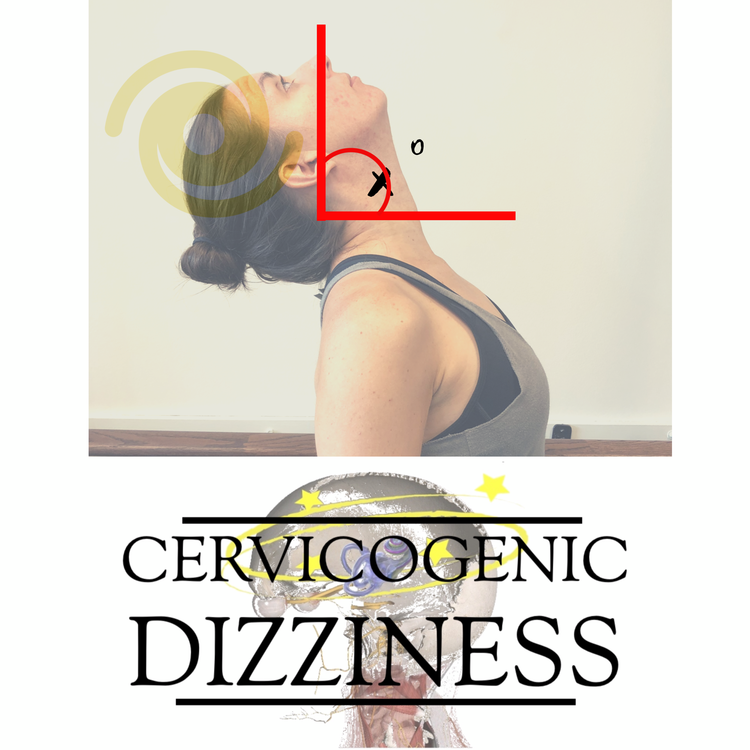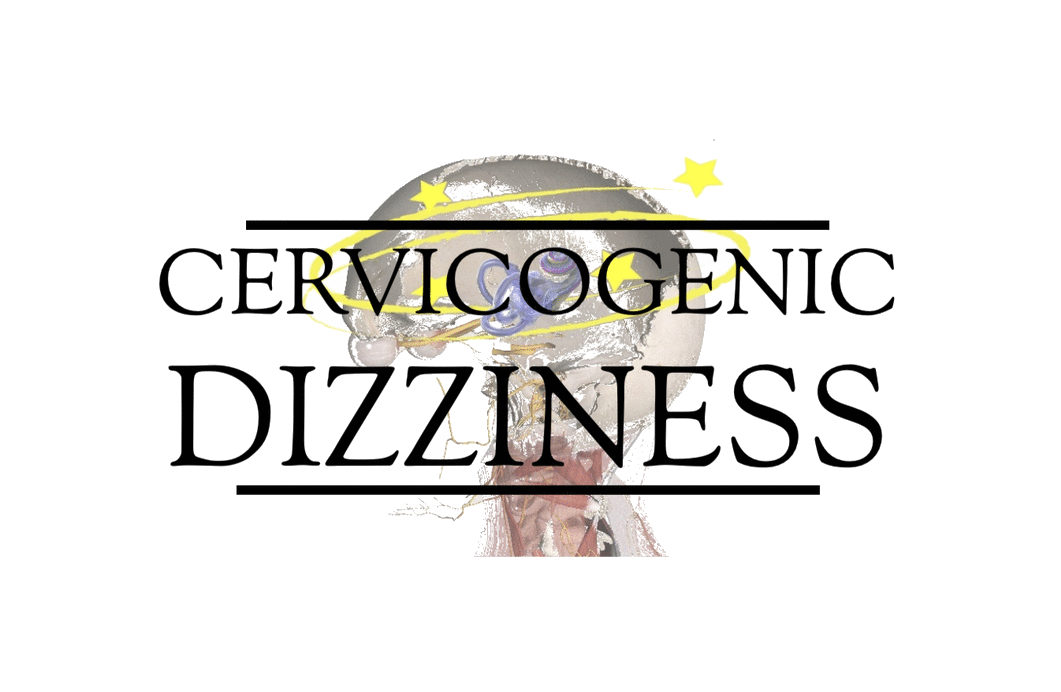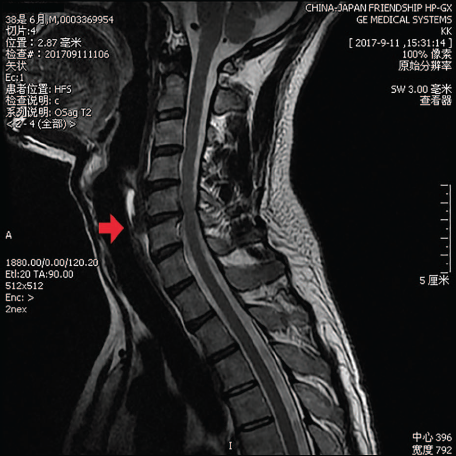
Can Vertigo and Dizziness come from Neck Muscles?
When a clinician thinks of dizziness from the neck, or Cervicogenic Dizziness or Cervicogenic Vertigo, typically the zygapophyseal joints come to mind as a proprioceptive and nocioceptive abnormal afferent input.
In fact, most authors agree that the following order, C1-2, C2-3, C0-1 and C3-4, are the most often influenced in cervical symptoms following mTBI due to high influence of proprioceptive activity from these levels.
Moreover, the muscles of the posterior cervical spine, the suboccipital musculature, have an abundance of muscle spindles and are high in mechanoreceptor concentrations. These deep, short intervertebral neck muscles are also typically involved in proprioceptive and nocioceptive abnormal afferent input. Additionally, this is a common location of pain (i.e. myalgia) that can be contributed to diminished soft tissue compliance and viscosity.

Interesting enough, a recent case report in 2018 and literature review appeared in Medicine Journal with title, "Vertigo caused by longus colli tendonitis".
For us with anatomical training, we know the longus colli is anterior to the cervical spine and doesn't typically come to mind with proprioceptive activity. However, we do know it has proprioceptive distribution (albeit less) and commonly injurious after whiplash injuries.
This case report of a 38 year old male with vertigo arising from longus colli tendonitis is interesting as there was no description of trauma (other than running). The authors hypothesize that the swollen longus colli muscle stimulated the cervical sympathetic ganglia, resulting in symptoms, which were then alleviated by corticosteriod injection and acupotomy.

The hypothesis of Cervicogenic Dizziness as a cause of vertigo / dizziness has a strong trend towards the proprioceptive pathogenesis and less of a trend towards sympathetic dysfunction. In fact, stimulation of the cervical sympathetic ganglia is now becoming discarded in the literature.
This case report, albeit n=1, brings back to life this hypothesis and although rare, could be a cause of vertigo in your patients when all other medical causes are ruled out. Even though in this report by Shen et al 2018 found 0% of previous cases (n=278) exhibited symptoms of vertigo or dizziness, there could be some anatomical variations in the longus colli muscle and if the perfect storm was created (i.e. trauma, stress, weakness, etc), the individual could be symptomatic.

I would liked to have seen conservative treatments (i.e. physical therapy) introduced prior to invasive procedures but nevertheless, was successful for the patient and worth a read.
Cervicogenic Dizziness Course
You can learn more about the screening and treatment process of Cervicogenic Dizzinesss through Integrative Clinical Concepts, where the authors (husband–a manual therapist a wife—a vestibular specialist), teach a very unique course combining both the theory and practice of vestibular and manual principles in their 2-day course. Pertinent to this blog post, the 2nd day includes the “Physio Blend”, a multi-faceted physiotherapist approach to the management of Cervicogenic Dizziness, which includes treatments of the articular and non-articular system of manual therapy and the most updated sensorimotor exercise regimen.
If you would like to host a course for your staff (either a vestibular, neuro, sports or ortho clinic), please do not hesitate to contact me at harrisonvaughanpt@gmail.com for more information.
AUTHORS
Harrison N. Vaughan, PT, DPT, OCS, Dip. Osteopracic, FAAOMPT
Instructor: Cervicogenic Dizziness for Integrative Clinical Concepts
Danielle N. Vaughan, PT, DPT, Vestibular Specialist
Instructor: Cervicogenic Dizziness for Integrative Clinical Concepts



